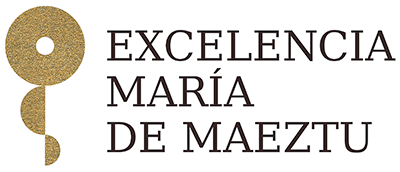How responsive is aggregate labor supply to changes in the economic environment? While the answer to this question is crucial for understanding the effects of government policies and business cycles, it has led to substantial debate in the economics profession. At the core of this debate is the inconsistency between the small labor supply elasticities for men estimated in micro studies and the large ones used in macro models. The empirical evidence indicates that aggregate labor supply responses are determined by individual responses along both the intensive (how much hours to work when employed) and the extensive margins (whether to work or not). While the consensus in the micro literature is that the extensive margin, at the annual level, is not important for understanding labor supply responses of males, Professors Andrés Erosa (uc3m), Luisa Fuster (uc3m), and Gueorgui Kambourov (U. Toronto) provide micro level evidence that individuals frequently use the extensive margin to adjust their labor supply within a year. Although once aggregated to the annual level these labor supply responses are not prominent, fluctuations in employment within a year are important for understanding labor supply responses.
Motivated by the empirical findings, they develop a heterogeneous agents life cycle model that captures a large number of salient features of individual male labour supply over the life cycle, by education, both along the intensive and extensive margins. The model provides an aggregation theory of individual labour supply, firmly grounded on individual-level micro-evidence, and is used to study the aggregate labour supply responses to changes in the economic environment. The results provide insights for both business cycle and policy analysis. They find that modeling an operative extensive margin (within a year) is crucial for understanding labor supply responses of men. In the absence of an extensive margin, the response to a small one period wage shock (intertemporal elasticity of aggregate labor supply) would be underestimated by more than a half (0.67 instead of 1.75). Moreover, when the extensive margin is active, the effects of taxes on labor supply are non-linear in the size of the tax rates and these non-linearities vary across individuals with different characteristics, such as age, education, and taste for leisure. Hence, modeling an active extensive margin and realistic heterogeneity across individuals should also matter for the design of optimal tax policies and income support policies.
This research has been recently published at the Review of Economic Studies and has been presented at prestigious conferences and research institutions in Economics in Europe and North America.
